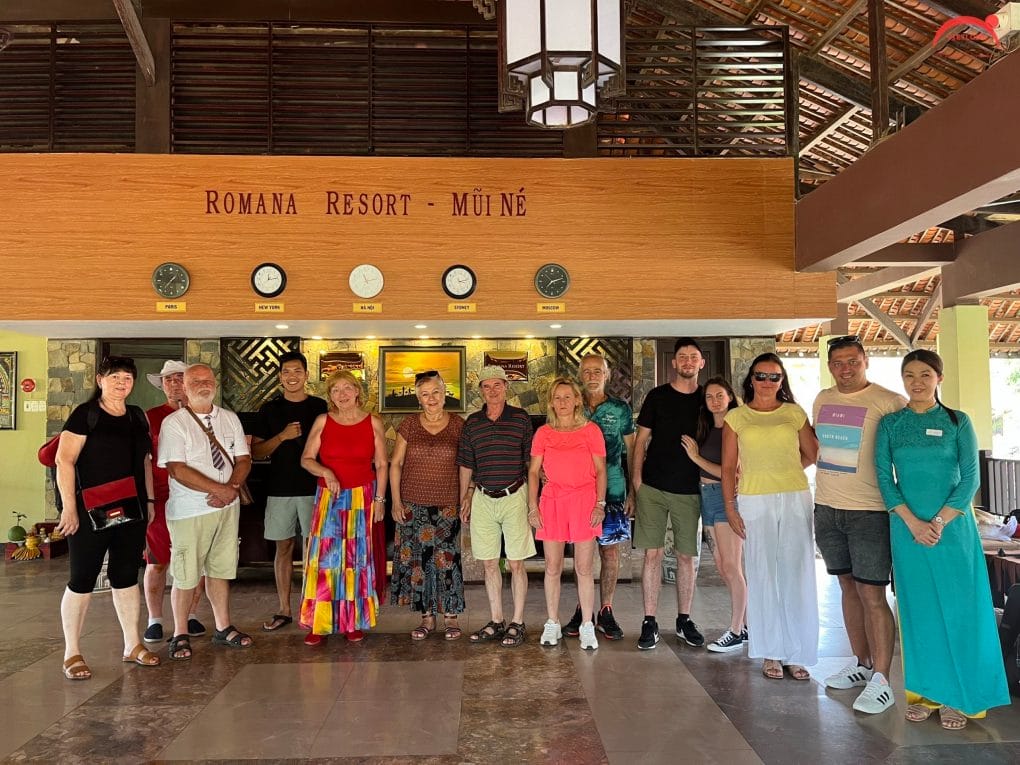A cheroot, once described as a â€Burmese facial featureâ€, is almost ubiquitous in this country. Even now that smoking is less popular in many parts of the world, the Myanmar don’t seem to worry too much about that. Whether the foot-long â€whackin†white cheroots’ that Kipling enthusiastically mentioned, or the short green, regular varieties, they are every-where – stacked in piles on the market, they are bought in big green bundles or singly, to be enjoyed one at a time. On Scott’s market in Yangon, boys walk around and offer them on trays. How are they different from cigars? A cigar is a mix of cured tobacco leaves rolled in a tobacco leaf – Myanmar also has traditional cigars, the ones I saw with dark wrappers, tasting a little sweet and exotic, but not bad. A Myanmar cheroot – which comes from the Hindi – Urdu word charut, meaning cigarette or cigar – is filled with a mixture of tobacco and chipped wood. A filter – of finely chopped leaves from the corn plant – is added and it is rolled up in a dried tha-na-phet leaf. More could be said about the widespread habit of betelnut chewing and its preparation. But this is a different story. Many cheroots come from the Shan states in the east of Burma and the Inle area, although they are also made in Bago and the especially big ones near Mandalay. Generally, the cheroots are rolled in small family-run factories by young girls who are paid for each 100 they roll. Visiting such a small factory, you see about twenty girls sitting on the floor and busily rolling their cheroots. It is hard to follow their hands. They make several small cheroots in the size of a cigarette per minute. There are no machines – only a pot of glue and a chunk of wood to facilitate the rolling. The outer tha-na-phet leaves also grow in the mountains of the Shan states. Shan people are recognised by their distinctive coloured turbans when they bring the leaves to the market. It is said that the best cheroots come from Taunggyi, where some bigger factories can be found. In spite of their somewhat acrid smell and rustic appearance, the cheroots are quite mild, with a flavor for which one can acquire a taste. To the cured and rubbed tobacco, sweeteners like jaggery and tamarind are sometimes added, but there are no other additives. The slow-burning cheroot is especially suited to relaxation time, perhaps with a glass of Manadaly rum, far from the rush and clamour of modern city life – an interesting smoke still to be discovered by Westerners.
You May Also Like
A Family Holiday in Vietnam and Cambodia – All you need to know
I. Perception of a Family Vacation? A family vacation is a trip taken by members of a family unit, typically…
What is the cost of a 12-day Vietnam Cambodia Family Holiday roughly?
Embarking on a family tour to Vietnam and Cambodia is an exciting and enriching experience that offers a wealth of…
Why to book a Vietnam Cambodia Family Holiday via Local Agents?
When planning a family holiday to Vietnam and Cambodia, one of the most important decisions you’ll make is how to…
How to plan a perfect / flawless Family vacation to Vietnam and Cambodia?
Embarking on a family vacation to Vietnam and Cambodia is an exciting and enriching experience that offers a wealth of…
Why a Family Vacation to Vietnam and Cambodia?
Embarking on a family tour of Vietnam and Cambodia is an enriching and transformative experience that offers countless benefits for…
Major benefits of a Family Vacation
Family vacations offer more than just a break from the routine of daily life; they provide valuable opportunities for bonding,…






